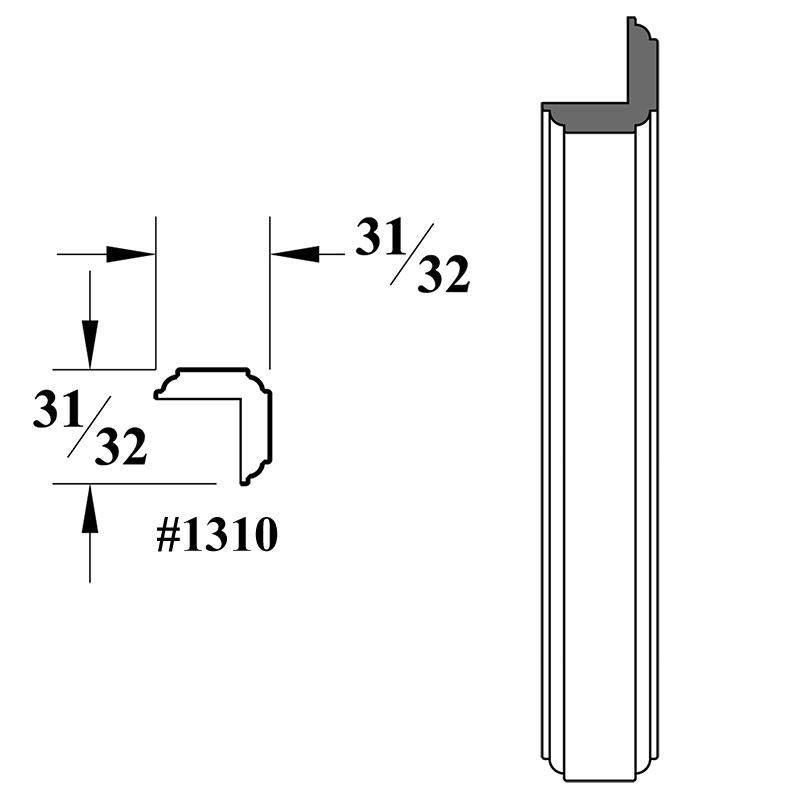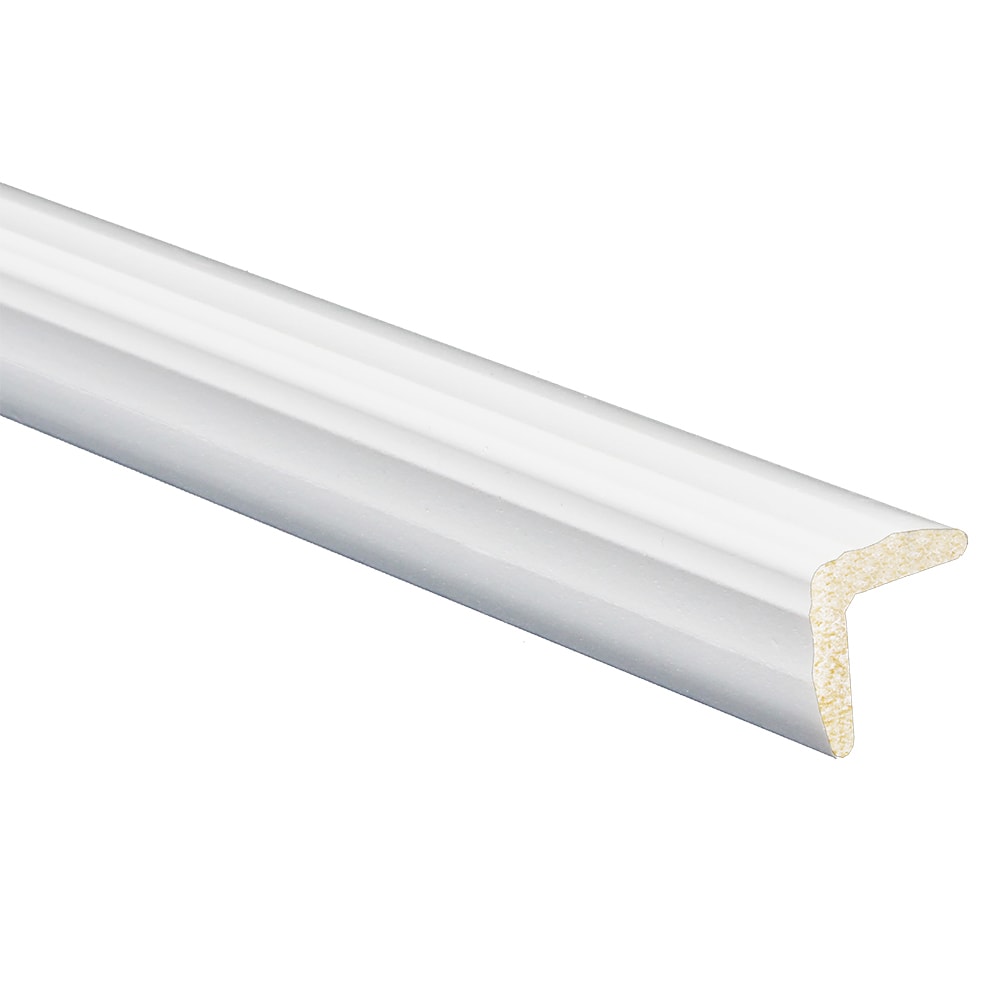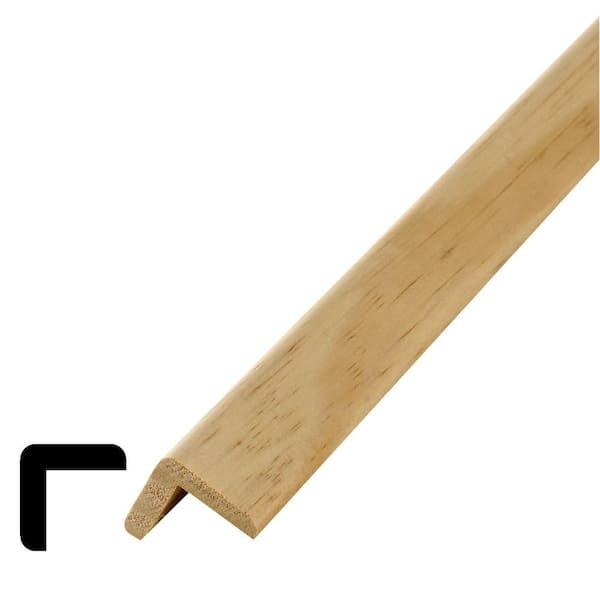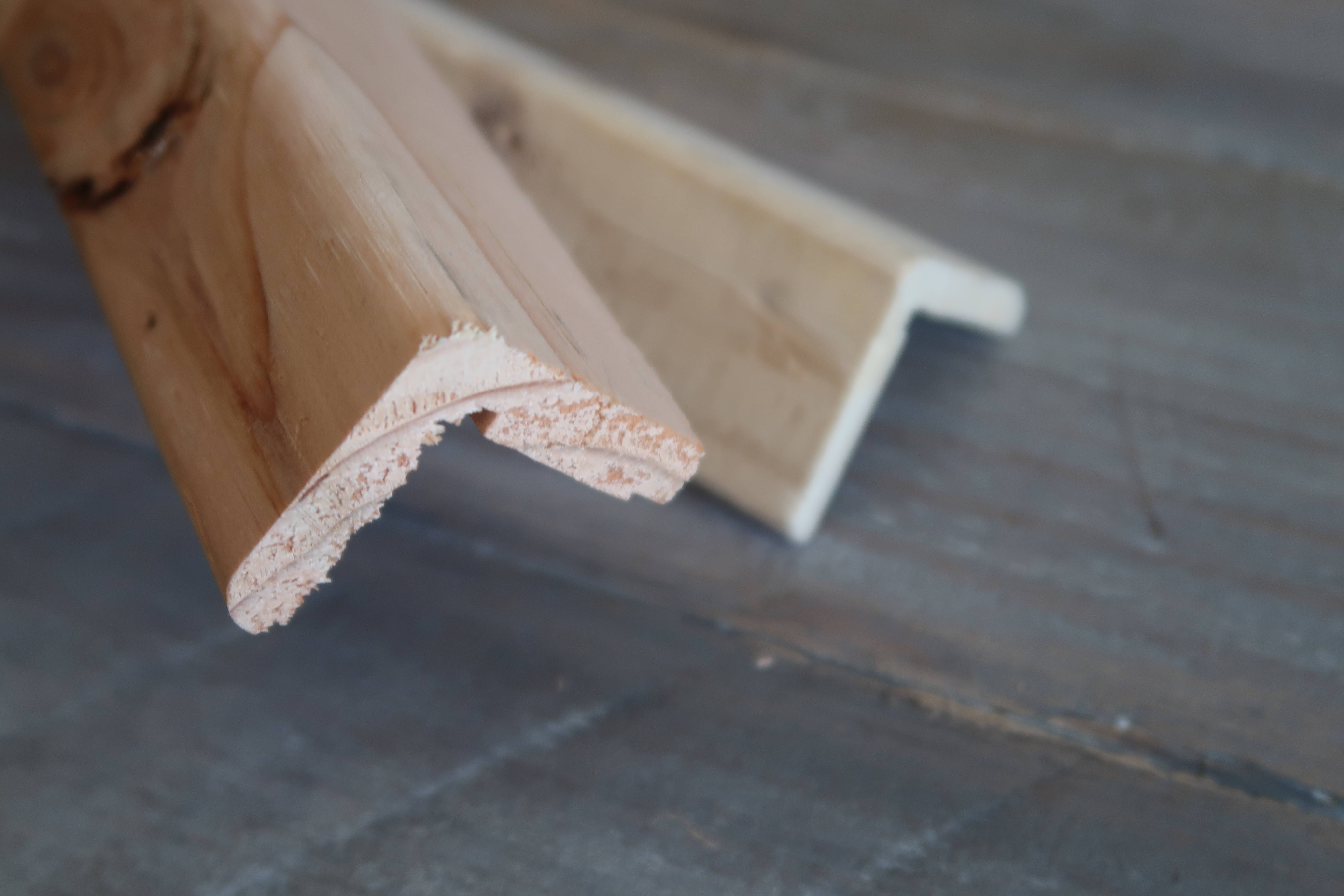Decorative outside corner moulding is an often-overlooked architectural element that can dramatically enhance the character and beauty of your home. With the right moulding, you can create a polished, sophisticated appearance that transforms your living spaces. In this article, we will explore everything you need to know about decorative outside corner moulding, including its types, materials, installation methods, and tips to choose the best moulding for your home.
Understanding Decorative Outside Corner Moulding
Decorative corner moulding serves both functional and aesthetic purposes. These mouldings are typically applied to the outside corners of walls, serving to protect the corners while adding an attractive finishing touch.
The Purpose of Decorative Outside Corner Moulding
- Protection: They shield corners from wear and tear, particularly in high-traffic areas.
- Aesthetic Appeal: Mouldings can enhance the visual interest of a space, making it feel more finished.
- Style Extension: They allow for the incorporation of different architectural styles into a home.
Types of Decorative Outside Corner Moulding
When choosing corner moulding for your project, it’s essential to understand the types available. Here’s a breakdown:
| Type | Material | Style | Best For |
|---|---|---|---|
| Straight Moulding | Wood, MDF | Traditional | Classic homes |
| Curved Moulding | Polyurethane, PVC | Modern | Contemporary homes |
| Decorative Cap Moulding | Wood, Composite | Elaborate | High-end finishes |
| Corner Blocks | MDF, Foam | Simple | DIY projects |
Choosing the Right Material for Your Moulding
Your choice of material can significantly affect the durability, appearance, and ease of installation of your decorative moulding. Here’s a closer look at common materials:
Wood
Wood is a classic choice that offers a warm, natural look. However, it requires more maintenance and can be prone to warping.
MDF (Medium-Density Fiberboard)
MDF is cost-effective and easy to work with; however, it can be more prone to damage from moisture.

Polyurethane
This lightweight material is resistant to moisture, making it ideal for kitchens and bathrooms.
PVC
PVC moulding is durable and highly resistant to wear, making it suitable for exterior applications.

Installation Process for Decorative Outside Corner Moulding
Installing decorative outside corner moulding can be a do-it-yourself project or one for a professional. Here’s a step-by-step guide on how to do it yourself:
Tools and Materials Needed
- Measuring tape
- Mitre saw
- Adhesive or nails
- Caulking gun
- Sandpaper
- Paint or stain (if necessary)

Step-by-Step Installation
- Measure: Measure the height of the corner and cut the moulding at a 45-degree angle to fit snugly.
- Dry Fit: Place the cut moulding in position without adhesive to ensure a proper fit.
- Attach: Apply adhesive or use nails to secure the moulding to the wall.
- Fill Gaps: Use caulk to fill any gaps between the moulding and the wall for a seamless finish.
- Finish: Sand and paint or stain the moulding as desired.
Decorative Outside Corner Moulding Styles
Choosing the right style of decorative outside corner moulding can enhance the overall aesthetic of your home. Below are some popular styles:

Traditional Styles
These styles are often ornate, featuring intricate designs. Perfect for older homes, traditional mouldings embrace classic beauty.
Modern Styles
Modern moulding features clean lines and simplicity. These designs work well in contemporary settings.

Rustic Styles
Rustic moulding often uses reclaimed wood or rough-hewn finishes that connect with nature. Ideal for cabins or farmhouse-style homes.
Ornate Styles
Ornate moulding includes detailed carvings and accents. These work well in grand spaces like formal dining rooms.

Pros and Cons of Decorative Outside Corner Moulding
Pros
- Adds character to any room.
- Protects corners from damage.
- Can increase property value.
Cons
- Can be costly, depending on material.
- Installation may require advanced skills.
- Requires maintenance (painting/staining).

Common FAQs about Decorative Outside Corner Moulding
1. What is the average cost of decorative outside corner moulding?
The cost can vary significantly based on material and style. Expect to pay anywhere from $1 to $10 per linear foot.
2. Can I install decorative outside corner moulding myself?
Yes! With the right tools and following the installation steps outlined above, it’s completely possible to install it yourself.
3. How do I care for my decorative outside corner moulding?
Caring for your moulding involves regular dusting and, if necessary, repainting or restaining every few years.
4. Is decorative outside corner moulding waterproof?
It depends on the material. PVC and polyurethane are typically waterproof, while wood and MDF require special treatments to resist moisture.
Conclusion: Adding a Finishing Touch to Your Home
Decorative outside corner moulding is a simple yet effective way to enhance your home’s beauty while providing essential protection. Whether you choose traditional, modern, or rustic styles, the right moulding can significantly impact your space. Remember to consider your home’s architecture and your personal style when making your choice. With the right moulding and some creativity, you can transform your living spaces into stunning reflections of your style.
Final Thoughts
Embarking on home improvement projects can be daunting but rewarding. My experience with decorative moulding taught me that sometimes the smallest changes can yield the most significant results. It’s about finding what resonates with you and your home. Happy decorating!